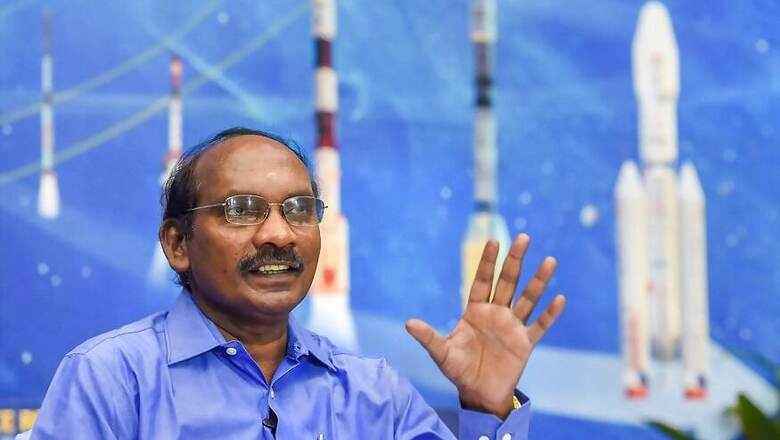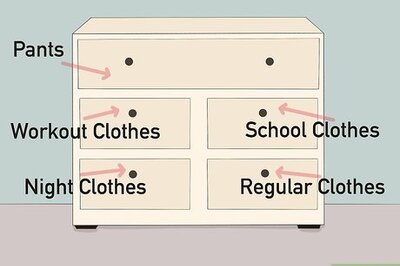
views
Bengaluru: All modules of India's second moon mission Chandrayaan-2, scheduled for launch between July 9-16, are getting ready and the lander is expected to touch down on the lunar surface in early September, the ISRO said on Wednesday.
In this context, ISRO chariman Dr K Sivan spoke to News18 on what the mission aims to explore.
Excerpts:
What are the objectives of Chandrayaan-2?
Chandrayaan-2’s objective is to land at a place that other people have not explored yet. So we selected south pole. Unlike Chandrayaan 1, we wanted to soft land and also carry out in-situ experiments, mainly for science.
What kind of experiments are planned?
Mainly, we will be looking for lunar sub-surface structure mineralogy and water particles. We want to know how the subsurface temperature profiles look like. We want to look at the scientific characteristics of the moon.
How is this taking forward the effort of Chandrayaan-1? There was a hard landing of the moon impact probe in it. How is this different?
Chandrayaan-1 was an orbiter, to go around the moon and carry out scientific measurements from that orbit. One part of that orbiter was separated and impacted. It was an uncontrolled impact whereas in Chandrayaan-2, we are going to the moon orbit. Then the lander part will be separated from the integrated body and it will go and land softly. It is not an impactor. Softly on lunar surface, from inside lander there is a rover sitting. And it will be going along the surface of the moon and carry out in-situ experiments. That's the purpose.
When will it land on moon and for how long will it carry out operations?
Right now we are planning to land it on September 6. After it lands, the lander and rover will be active in the next 14 days. We are depending on the solar power for powering our system. The moon remains in darkness for 14 days, and rest 14 days, it is illuminated by the Sun. Once dark days come, extreme low temperature will be there and we do not know if it will come back. But our objective is to have the mission over 14 earth days which is one day on the moon.
Will this lead up to a series of more probes or missions on the moon with other countries too looking at a manned mission?
Already discussions are on with Jaxa (Japan Aerospace Exploration Agency) to have a collaborative mission to the moon. Some part of the work is done by Isro, some by Jaxa. This is also a landing mission to land on south pole itself . That is the plan. And I hope this project may also come up sometime later.
How about a human or manned mission to the moon in future?
Right now, we don't have any such plan. We have to first go to space, by Gaganyaan. In future, we may think of going, after acquiring sufficient skills.
How about the instruments or payloads in Chandrayaan-2? Chandrayaan-1 had carried payloads from other countries?
Chandrayaan-2 is made of 100% Indian made satellites. Not only technology but payloads have also been made here. Our academicians and research institutions designed the payloads.

















Comments
0 comment